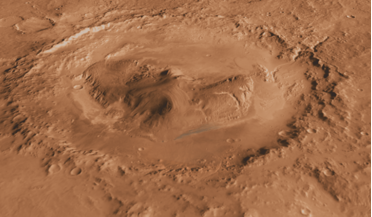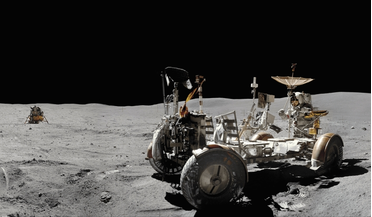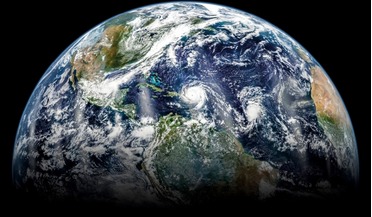 June 2015
The new space ethics: COSPAR, Planetary Protection and beyond
June 2015
The new space ethics: COSPAR, Planetary Protection and beyond
...A consensus has emerged via the Committee for Space Research (COSPAR) and the Planetary Protection policy 12 regarding the different levels of protection to be afforded to planets themselves and to any samples returned to Earth. Broadly speaking, the...
 11 May 2020
Martian brines likely to be present, just not habitable says new study
11 May 2020
Martian brines likely to be present, just not habitable says new study
...argue the authors and as such it means these brines cannot be classified as ‘Special Regions’ according to Planetary Protection policies, as they cannot sustain terrestrial life. Special Regions on Mars are defined as environments able to host liquid...
 April 2021
Managing the Moon - a model for engaging with planetary environments
April 2021
Managing the Moon - a model for engaging with planetary environments
...have become used to seeing the Moon as a dead rock, while the Committee on Space Research’s Planetary Protection Policy has no requirement to protect the Moon as there is no life there. But with proposed missions planned to establish a more permanent...
 June 2019
The challenge of planetary protection
June 2019
The challenge of planetary protection
... to the Moon and to most of the asteroids. Nor do any planetary protection constraints apply to missions in Earth orbit. Similarly, the COSPAR Planetary Protection Policy does not seek to protect solar system bodies for their own sake, does not...
 April 2025
Space sustainability and the role of space situational awareness
April 2025
Space sustainability and the role of space situational awareness
... framework to guide sustainable efforts in space is laborious. Guidelines such as the Committee of Space Research (COSPAR) Planetary Protection Policy are non-binding, because nations and private entities have different priorities, making consensus...
 July 2020
Pandemic in space – are we ready?
July 2020
Pandemic in space – are we ready?
...on how to respond to a viral contagion that may affect a wider population. The closest may be the Planetary Protection Policy of the Committee on Space Research (COSPAR), although this instrument is restricted to interplanetary biological and organic...